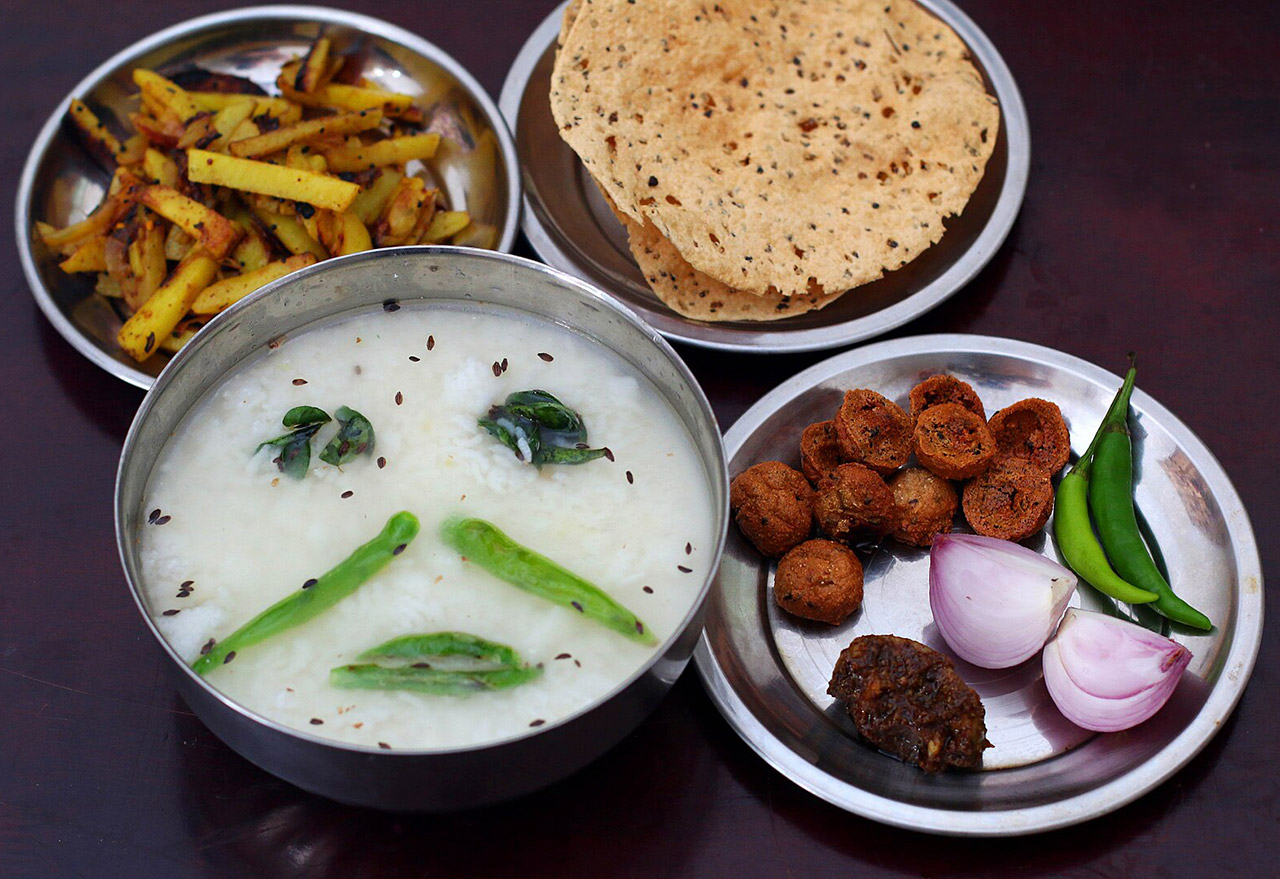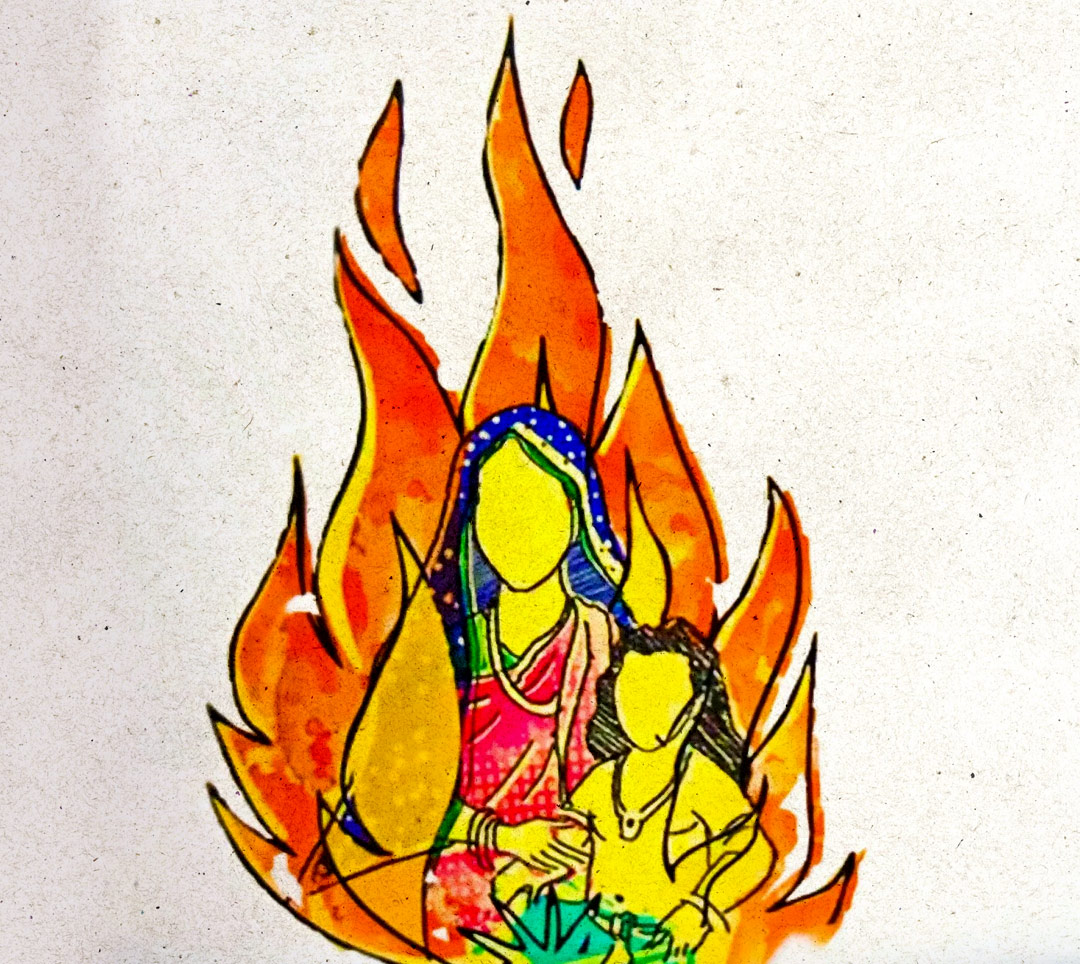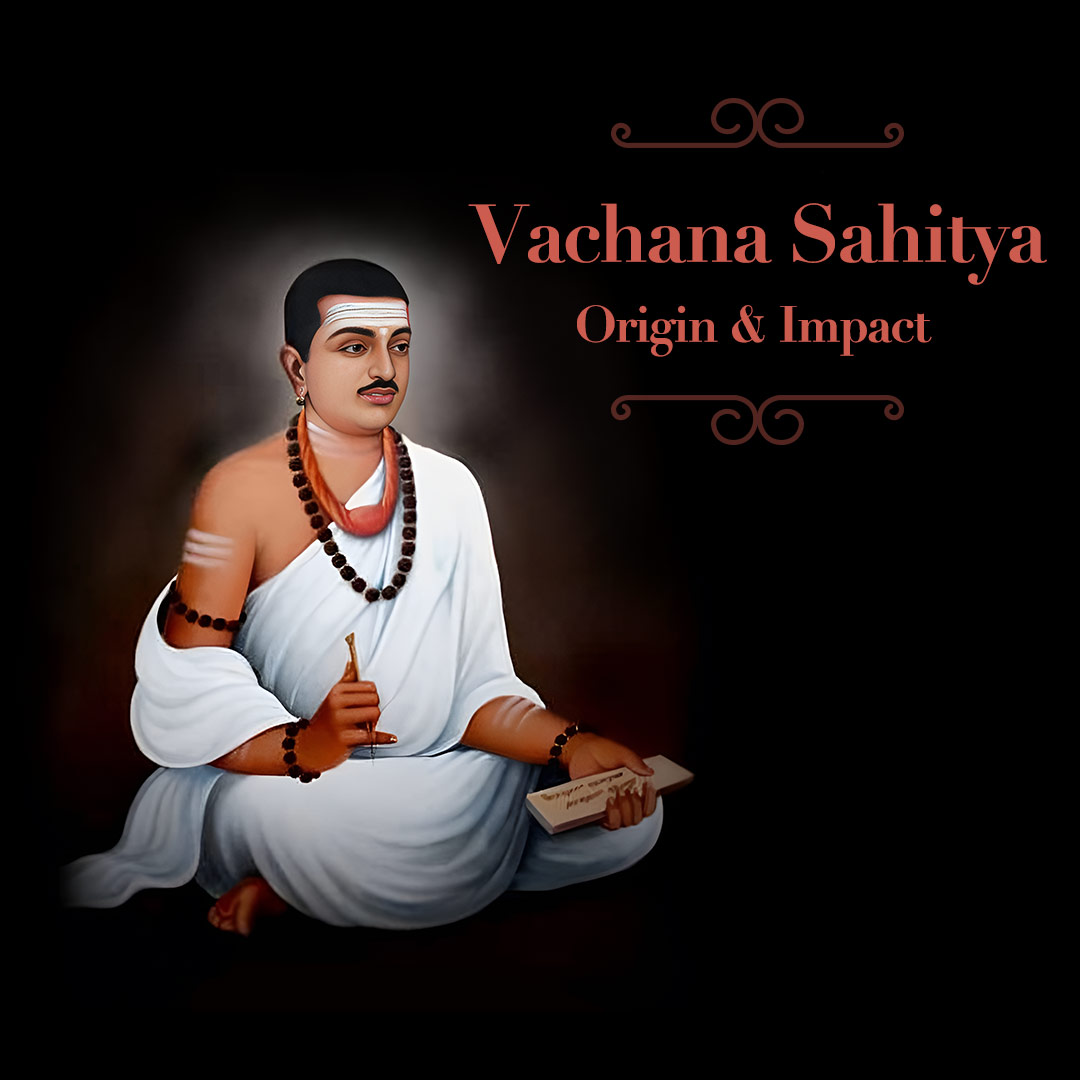
In the 12th century, Akka Mahadevi achieved prominence as a poetess and a saint from Karnataka. She is remembered for her unmatched courage and literary skills. Her faith and devotion to Lord Shiva and her poetic works greatly influenced the Kannada literature and the Bhakti movement. Her life journey illustrates how devotion and the quest for higher spiritual realization can transform one’s life.
Akka Mahadevi was born in an era where women faced a lot of societal oppression. Through her spiritual journeys and literary works, she was able to break through some of these barriers. She was amongst the first woman poets in India who openly accepted having a personal deity. Her Vachanas, or Sharanas mystical poem from the vachana literature of Kannada, expressed her intense love towards Lord Shiva and also her resistance towards materialism and male dominance. Even today, her life story along with her poetry motivates a lot of people, especially women, towards finding their true self and achieving enlightenment.
Early Life of Akka Mahadevi
Around 1130 CE, Akka Mahadevi is believed to have been born in Udutadi, a small village situated in current-day Karnataka, India. She came from a deeply religious Veerashaiva Lingayat family specializing in the worship of Lord Shiva. Her parents, Sumati and Nirmalshetty, were ardent followers of the Lingayat religion which advocated love and self-denial.
She was very religious from a young age. Akka Mahadevi spent excessive amounts of time in temples praying, singing, and professing her love to her favorite diety Chenna Mallikarjuna (The Beautiful Lord, White as Jasmine). Her family’s spiritual guide Gurulingadeva further nurtured her devotion and taught her the guiding concept of complete surrender to God and detachment to the materialistic world.
Turning Point: Clash with King Kaushika
With the progress of the years, Akka Mahadevi blossomed into an exceptionally beautiful and wise woman and her fame swept through all parts of the globe. It so happened that King Kaushika, a Jain monarch from a nearby region, was fascinated with her beauty. Despite being a devout follower of Lord Shiva, she was forced to live up to the societal standards which required her to entertain the thought of marrying the king. Eventually, she conceded but on equally harsh terms that involved her preserving her devotion to Lord Shiva by practicing her spiritual routines without having to meddle with her expectations.
Amidst these circumstances, over time, King Kaushika began breaching these clauses. He tried to dominate her life and expected her to abandon her spiritual path. Akka Mahadevi was not ready to forfeit her spiritual beliefs and so took an extreme approach by cutting off all materialistic worldly ties. With complete devotion to Lord Shiva, she set out on a journey as an ascetic, dedicating herself to a life of spiritual pursuit and divine love.
Philosophy and Mysticism
- Concept of Akka Mahadevi’s Vachanas: It is common for her poems to represent Lord Shiva as her beloved deity. Her poetry describes a passionate yearning for divine consummation, assumed to be akin to the soul’s longing for freedom from corporeal bondage.
- Rejection of Societal Norms: She strongly opposed rigid societal hierarchies, gender-based discrimination, and caste divisions. Her writings challenged patriarchal traditions that restricted women’s spiritual expression.
- Criticism of Devotional Rituals: She thought that the real form of worship is in a person’s heart and should not be expressed outwardly. She emphasized the need for personal contact with God instead of God contacting priests.
- Yogang Trividhi Philosophy: She followed the Lingayat spiritual framework of Guru (spiritual teacher), Linga (Shiva as the supreme deity), and Jangama (wandering ascetic saints) as essential elements of spiritual growth.
Role in the Lingayat Movement
- Pilgrimage to Kalyana: Akka Mahadevi left her matrimonial home in Kalyana, which was a key hub for spiritual and philosophical exchanges in the 12 century.
- Being a Part of Anubhava Mantapa: The Anubhava Mantapa which was started by Basavanna was a forum for self-realization where saints and scholars came together to discuss and analyze topics such as devotion, philosophy, and other social reforms. She actively attended discussions with great scholars like Basavanna, Allama Prabhu, and Siddharama who were considered a part of the elite column.
- Being Accorded the Title of “Akka” (Elder Sister): Even though she was among the youngest in the assembly, her deep insight and fearless opinion brought her the title Akka in respect to elder sister. She strongly linked the incomparable traditions and rituals of the Veerashaiva Bhakti Movement which advocated for the philosophy of personal devotion as opposed to the ceremonial performances.
Literary Accomplishments
As for Akka Mahadevi, she composed approximately 430 vachanas, brief mystical poems centered on themes of devotion and achieving freedom.
She skillfully evokes rich imagery, likening human beings to clouds, waves, and flowers, stressing the metaphysical concept of existence being merely transitory.
Major Subjects of Her Poetry Include:
- Devotion to Lord Shiva
- Abandoning materialistic possessions and life’s earthly pleasures.
- The struggle of the soul yearning for divine consummation.
- Promotion of equality and condemnation of caste and gender discrimination.
Other Literary Works: Outside of her other forms of vachanas, she composed other important texts such as:
Mantrogopya – A discourse on discerning the higher meaning of words that goes more deeply into the subject of higher religious and mystical life.
Yogangatrividh – A work of philosophy on the two parts of yoga, which deal with joining to the deity and the resultant divorce from the world.
Influence on Kannada Literature: She continues to be influential for many poets, scholars, and religious seekers along with some of the strongest figures in Karnataka vishwa literature.
Later Years and Legacy
In her later years, Akka Mahadevi sought solitude in the forests of Srisailam, a revered pilgrimage site dedicated to Lord Shiva. There, she devoted herself exclusively to meditation and ascetic practices, spending every waking moment in contemplation. From her steadfast devotion, it is said that she attained moksha and so joined with her divine beloved, Chenna Mallikarjuna.
She remains symbolic of spiritual emancipation and feminism today and for the future. A woman who defined her own boundaries, she demonstrated that women had the liberty to carve out their own unique spiritual identities and display their devoutness in any manner that they deemed fit. To this day, her vachanas are celebrated, taught, and performed all over Karnataka and beyond. Such events and holidays are held in her honor to remember her significant impacts. In Karnataka, she is considered a saint who has earned the respect of many people, who, in turn, have built temples, schools, and other monuments in tribute to her. Her life is an everlasting inspiration to devotees, scholars, and anyone else in search of spiritual wisdom and freedom.
Conclusion
Akka Mahadevi’s life is an epitome of devotion, courage, and literary brilliance. Her unconditional affection towards Lord Shiva, rejection of societal norms, and bold contributions towards Kannada literature makes her history. As a mystic poet, she also made it possible for women to narrate their mystical encounters with the divine in a male dominated religion. Her vachanas serve as a reminder to women that having faith is oftentimes much deeper than following traditions, being materialistic, or social values. Akka Mahadevi indeed is an immortal legendary figure whose works makes the youth strive for freedom and peace.
FAQs About Akka Mahadevi
- Who was Akka Mahadevi, and why is she important?
Akka Mahadevi was a poet, saint, and one of the most important figures in the Bhakti movement from the 12th century. She is famed for her unwavering devotion towards Lord Shiva, her stunning vachana poetry, and challenge of societal standards, thus being a display of spiritual and feminist power.
- What are Vachanas, and how did Akka Mahadevi contribute to them?
Vachanas are devotional poetry that are often used to articulate one’s deep-rooted thoughts, feelings, or experiences with God. Akka Mahadevi wrote approximately 430 Vachanas, which profoundly express her love for Lord Shiva and her self-destructive and self-realist philosophy.
- Why did Akka Mahadevi renounce her worldly life?
To fully dedicate her life to the worship of the divine, she discarded everything worldly and became an ascetic after Kaushika the king disrespected her spiritual commitments.
- What was Akka Mahadevi’s role in the Anubhava Mantapa?
She was an active participant in spiritual dialogues in the Anubhava Mantapa which Basavanna established. Her lifestyle was far from normal; she was well-known for her wits and poetic prowess and frequently referred to as Akka meaning elder sister.
- How is Akka Mahadevi remembered today?
She is remembered as a woman who was far above her time, a brilliant writer, and a women’s liberator. She is an important figure in the Kannada and Bhakti literature along with many other modern devotees, scholars, and poets who get inspired from her Vachanas.
Important Lines about Akka Mahadevi
- Akka Mahadevi was a devoted saint and poet who lived in the 12th century and worshipped Lord Shiva.
- She wrote roughly 430 vachanas that illustrate the spiritual love which has greatly engulfed her heart.
- She gave up her spousal relation and all secular belongings in the name of religion.
- She was a prominent member of the Anubhava Mantapa in Kalyana.
- She wrote poems that went against the established social order with her poems advocating for women’s rights.
- She spent her later years in Srisailam, immersed in meditation.
- Akka Mahadevi remains an inspiring figure in literature and spirituality.


























